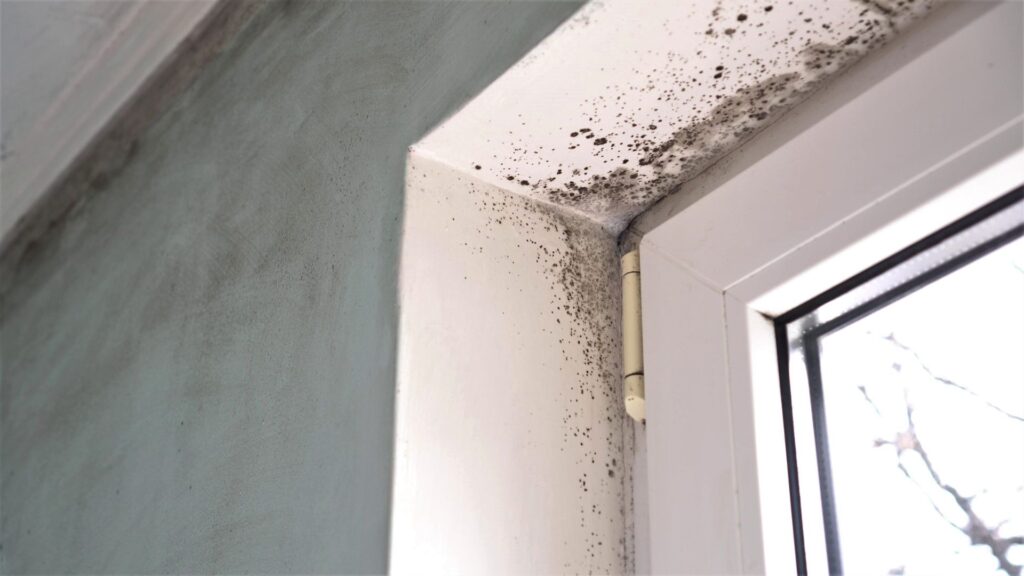
Mould growth is a common concern for both commercial and residential settings, often leading to the need for professional decontamination, repair, and remediation solutions.
Understanding the causes of mould is crucial for effectively managing and preventing its occurrence.
This blog post will delve into the primary factors contributing to mould growth and how Vinci Response can help address and remediate these issues.
Moisture: The Primary Culprit
The single most critical factor for mould growth is moisture.
Mould spores are omnipresent, but they only become a problem when they find a moist environment where they can thrive.
Various sources can contribute to excessive moisture indoors, including:
- Leaks: Plumbing leaks, roof leaks, and leaks around windows or doors can introduce water into building materials and spaces, creating a perfect breeding ground for mould.
- Condensation: Poor insulation or ventilation can lead to condensation on cold surfaces, providing the moisture mould needs to grow.
- Flooding: Floods can saturate building materials and contents, leading to widespread mould growth if not addressed quickly and effectively.
- High Humidity: Indoor humidity levels above 60% can foster mould growth, especially in areas that lack proper ventilation.
Understanding and controlling indoor moisture levels are paramount in preventing mould.
For insights into mould-related health and safety risks and additional preventive measures, visit our blogs on Mould Health & Safety Risks in the UK and How to Prevent Mould.
Organic Materials: Mould’s Food Source
Mould thrives on organic materials like wood, paper, carpet, and food.
When these materials become damp, they provide the moisture mould needs and a food source.
Limiting the availability of these materials or ensuring they remain dry can help prevent mould growth.
Temperature: A Conducive Environment
Mould growth typically occurs between 77°F (25°C) and 86°F (30°C), which are common indoor temperatures in many environments.
While controlling the temperature as a mould prevention strategy may not always be practical, maintaining lower humidity levels can help mitigate the risk even at these temperatures.
Poor Ventilation: Trapping Moisture Indoors
Inadequate ventilation can trap moisture indoors, increasing humidity levels and encouraging mould growth.
Ensuring proper ventilation is essential for mould prevention, especially in high-moisture areas like bathrooms, kitchens, and laundry rooms.
Time: Mould’s Ally
Under the right conditions, mould can start to grow within 24 to 48 hours.
The longer an area remains moist, the greater the chance for mould to establish itself and spread.
Quick action following water damage or moisture problems is critical in preventing mould growth.
Learn more about the timeline of mould growth in our blog, ‘How Long for Mould to Grow‘.
Addressing and Remediating Mould with Vinci Response
At Vinci Response, we understand the complexities of mould growth and the importance of swift, effective action for mould removal and remediation.
Our expert team utilises advanced techniques and equipment to identify, address, and remediate mould issues, ensuring a safe and healthy environment for our clients.
For professional assistance with mould removal and remediation, visit our Mould Removal and Remediation service page.
Understanding the causes of mould is the first step toward effective prevention and remediation.
By controlling moisture levels, ensuring proper ventilation, and responding promptly to water damage, you can significantly reduce the risk of mould growth in your property.
If mould becomes an issue, Vinci Response is here to help, providing professional solutions to restore your environment to its optimal condition.